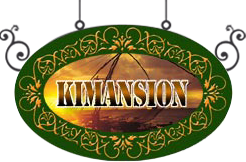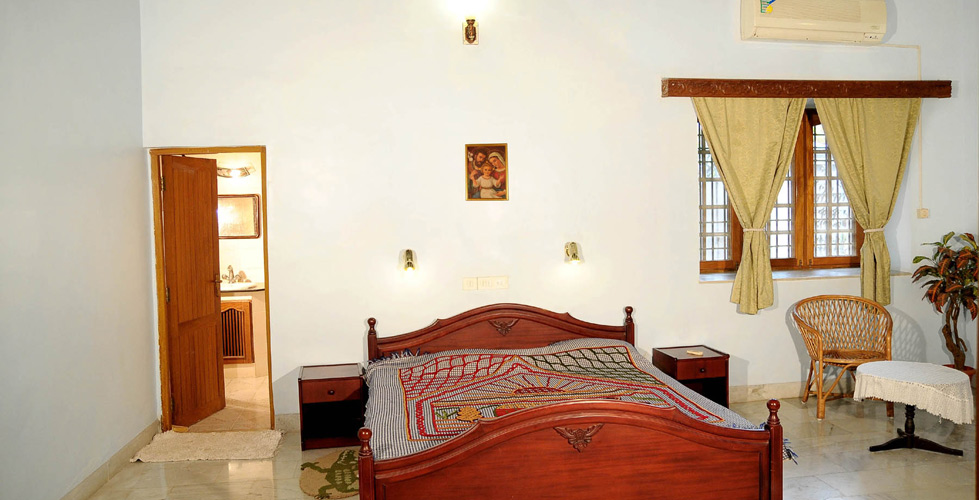
The very first Tourist attraction you see in Kerala will be your own aboard..
More than a century old, this two storied, 2500 sq.ft. house has character. In every nook of its spacious rooms and in every beam of polished wood. While Kimansion is warm, cosy and definitely not impersonal, it is very much a state of the art hotel. Blending unobtrusively with its old-world looks are several very modern amenities.












